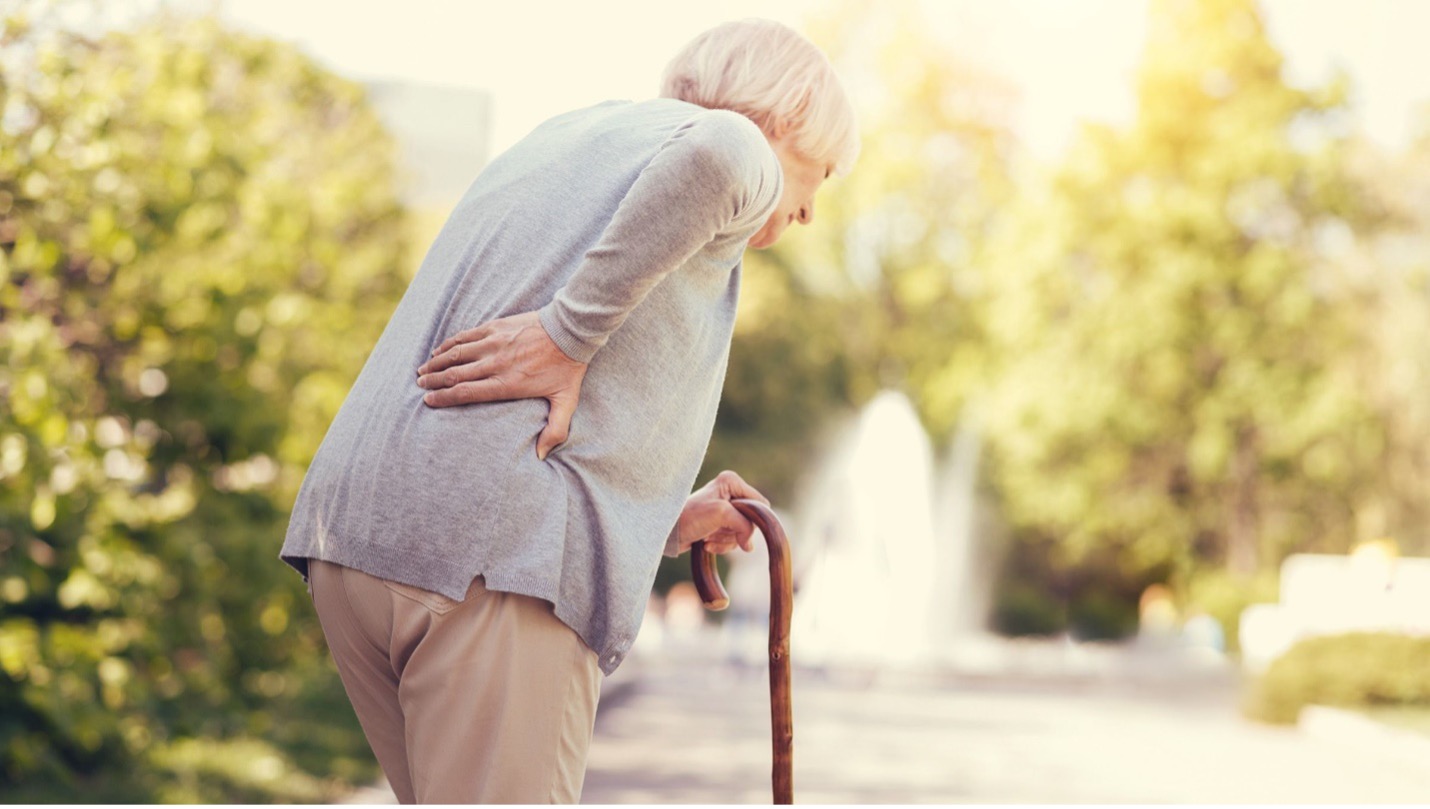Menopause is a natural part of a woman’s life, but it can also come with some health risks, one of which is osteoporosis. Osteoporosis is a condition that causes bones to become weak and brittle, making them more prone to fractures. While both men and women can develop osteoporosis, women are more likely to develop it, especially after menopause. In this article, we will explore whether menopausal women are more prone to osteoporosis and what can be done to prevent or manage the condition.
What is menopause?
Menopause is the time in a woman’s life when she stops having periods and can no longer become pregnant. It typically occurs between the ages of 45 and 55, but can happen earlier or later. During menopause, the ovaries stop producing eggs and the levels of estrogen and progesterone (hormones that regulate the menstrual cycle) decrease.
Why are menopausal women more prone to osteoporosis?
Estrogen plays a crucial role in maintaining bone density. It helps to regulate bone turnover, which is the process of breaking down old bone and building new bone. As estrogen levels decrease during menopause, bone turnover increases, and the body may not be able to replace the lost bone tissue fast enough. This can lead to a decrease in bone density and an increased risk of fractures.
In addition to the natural decrease in estrogen levels during menopause, other factors can contribute to the development of osteoporosis, including:
- Age: The risk of osteoporosis increases as we age.
- Family history: If a close family member has had osteoporosis, you may be more likely to develop it too.
- Lifestyle factors: Smoking, excessive alcohol consumption, a sedentary lifestyle, and a diet low in calcium and vitamin D can increase the risk of osteoporosis.
How can menopausal women prevent or manage osteoporosis?
While menopausal women are more prone to osteoporosis, there are steps they can take to prevent or manage the condition:
- Get enough calcium and vitamin D: Calcium and vitamin D are essential for building and maintaining strong bones. Menopausal women should aim for 1,200 milligrams of calcium and 600-800 international units (IU) of vitamin D per day.
- Engage in weight-bearing exercise: Weight-bearing exercise, such as walking, jogging, or weight lifting, can help to strengthen bones and reduce the risk of fractures.
- Quit smoking: Smoking can contribute to bone loss, so quitting smoking is essential for maintaining bone health.
- Limit alcohol consumption: Excessive alcohol consumption can also contribute to bone loss, so menopausal women should limit their intake to no more than one drink per day.
- Consider medication: If a woman’s bone density is low or she has already had a fracture, her healthcare provider may recommend medication to prevent further bone loss and reduce the risk of fractures.
How can menopausal women be diagnosed of osteoporosis?
Menopausal women can be diagnosed with osteoporosis through bone density testing. There are two types of bone density tests commonly used:
- Dual-energy X-ray absorptiometry (DXA) scan: This is the most commonly used test to diagnose osteoporosis. It is a painless and non-invasive procedure that uses low-dose X-rays to measure bone density at the hip and spine.
- Quantitative ultrasound (QUS) scan: This test uses sound waves to measure bone density at the heel, shin bone, and sometimes the fingers. It is a portable and inexpensive test that can be used in areas where DXA scans are not available.
- These tests compare bone density to that of a healthy young adult of the same gender and provide a T-score. A T-score of -1 or above is considered normal, while a T-score between -1 and -2.5 indicates osteopenia (low bone density) and a T-score of -2.5 or lower indicates osteoporosis.
It is recommended that all women over the age of 65 should have a bone density test, regardless of risk factors. Women who have gone through premature menopause or have other risk factors for osteoporosis, such as a family history of the disease, history of fractures, or long-term use of certain medications, may need to have a bone density test earlier.
While menopausal women may be more prone to osteoporosis, it’s important to remember that this condition can affect anyone. By taking steps to maintain healthy bones, such as regular exercise and a balanced diet, women can reduce their risk of developing osteoporosis and prevent fractures in the future.
Bone health check up should also be a part of a women’s annual screening procedures. Talk to your orthopedic doctor about proper bone health monitoring.
Schedule a consultation with one of Asian Hospital’s orthopedic doctors by visiting this link: https://www.asianhospital.com/find-a-doctor/
Sources:
- National Institute of Arthritis and Musculoskeletal and Skin Diseases. (2019). Osteoporosis: Overview. https://www.niams.nih.gov/health-topics/osteoporosis#tab-overview
- The North American Menopause Society. (2018). Menopause 101: A primer for the perimenopausal. https://www.menopause.org/for-women/menopauseflashes/menopause-symptoms-and-treatments/menopause-101-a-primer-for-the-perimenopausal
- National Osteoporosis Foundation. (2019). What women need to know. https://www.nof.org/preventing-fractures/general-facts/what-women-need-to-know/
- Harvard Health Publishing. (2019). Osteoporosis: A guide to prevention and treatment. https://www.health.harvard.edu/womens-health/osteoporosis-a-guide-to-prevention-and-treatment
- Mayo Clinic. (2019). Bone density test. https://www.mayoclinic.org/tests-procedures/bone-density-test/about/pac-20385273
- U.S. Preventive Services Task Force. (2018). Screening for osteoporosis to prevent fractures: US Preventive Services Task Force recommendation statement. https://www.ncbi.nlm.nih.gov/pubmed/29677309


